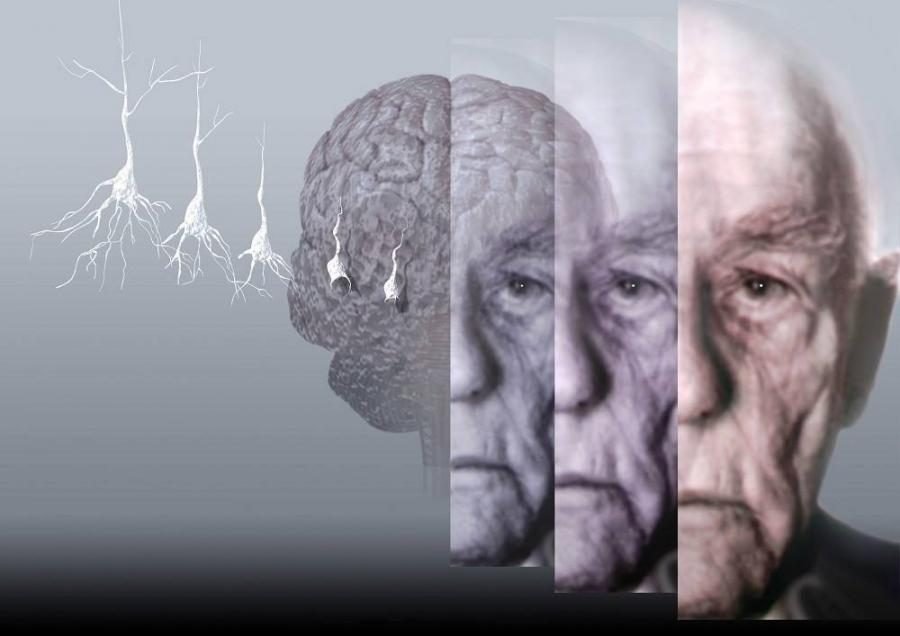How to forget something we no longer want to remember
Eduardo Silva de Assis Brazil has just been published in the international journal Behavior Brain Research . The academic was directed by Dr. Ivan Izquierdo and the Dr. Jociane de Carvalho Myskiw , with the help of the collaborators of the Memory Center of the Instituto do Cebra do RS.
We know that fearful memories are essential for our survival, however they can lead to exaggerated defensive behaviors in response to threats, as in Posttraumatic Stress Disorder, phobias and anxiety. Extinction is a new learning that overlaps the original memory and inhibits its evocation, and can be useful to restrict memories of fear to appropriate situations. Clinically, it is called exposure therapy.
The hippocampus and the basolateral amygdala, located in the brain, are essential structures both in the formation of memories and in their extinction. This process can be modulated by different drugs and neurotransmitters, such as serotonin. The serotonergic system has receptors located in several areas in the brain, and its role is well documented in several pathologies, behavioral tasks, mood modulation and other physiological functions. Although the pharmacological modulation of the serotonergic system is the first line for the treatment of psychiatric pathologies, there are still many doubts regarding its functions and the specific actions of each recipient.
It is known, for example, that the most recently described 5-HT5A, 5-HT6 and 5-HT7 receptors are related to the formation of some types of memory, however nothing is known about the participation of these receptors in the process of extinction of the fear memory. In addition, these receptors also appear to be related to other pathologies, such as Alzheimer's disease and schizophrenia.
The study by Eduardo Assis Brasil investigated the role of 5-HT5A, 5-HT6 and 5-HT7 receptors in the extinction of context-conditioned fear memory. What the group found was surprising, because the pharmacological manipulation of these receptors in the CA1 region of the hippocampus, a noble structure for consolidating memories, did not change the extinction process. However, blocking these receptors in the region of the basolateral amygdala, a region related to the emotional component of memories, facilitated this extinction process.
Taking into account their possible therapeutic applications, further studies need to be conducted to better elucidate the role of these receptors in the processes of memory formation, but the work launches a new perspective on this extinction mechanism, providing evidence in the research on this vast knowledge area and stimulating new lines of research.
Contributed to the doctoral others in the Memorial Center as Cristiane Regina Guerino Furini , Fernanda Rodrigues da Silva, Eduarda Godfried Nachtigall , Jonny Anderson Kielbovicz Behling , Bruna Freitas Saenger and Clarissa Farias Penha . Eduardo received his doctorate through the MD-PhD scholarship from CAPES. He started his doctorate in the graduate program in Medicine and Health Sciences at PUCRS aged 21 during the fourth year of Medicine, in August 2016, completed the medical course at PUCRS in December 2018, and a doctorate in February 2019.
Click here to read the full article.


